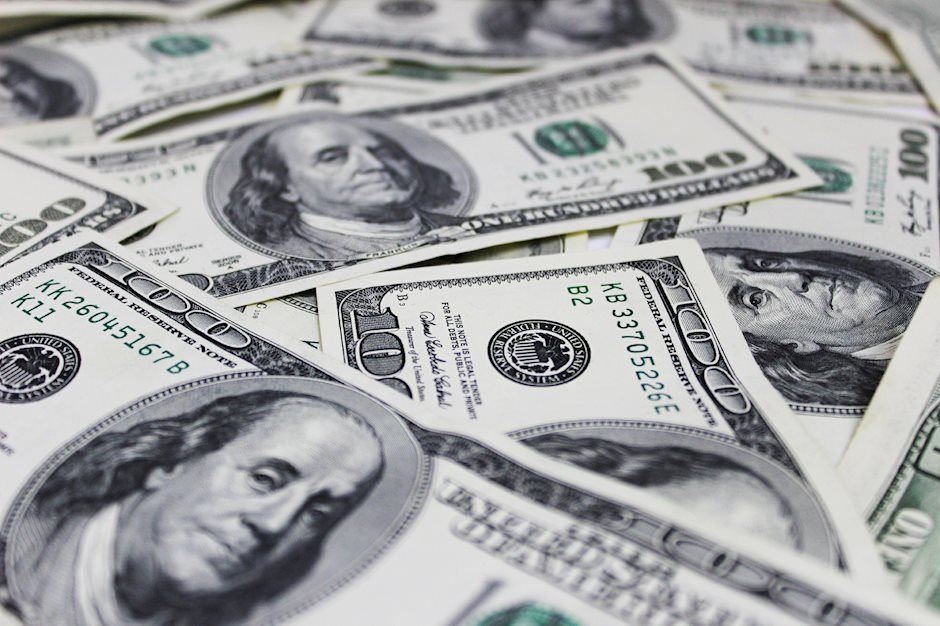Dollar Pops on FOMC but Too Soon to Pick a Bottom

Between President Trump's State of the Union address and the Federal Reserve meeting, the market had a bigger reaction to FOMC. The U.S. dollar shot higher after the Federal Reserve touted the improvements in the economy and upgraded their inflation outlook. This move helped the greenback erase some of its earlier gains versus the euro, Australian and New Zealand dollars and sent USD/JPY above 109.40 but by the end of the NY session, the greenback faded from its highs. According to Janet Yellen's very last FOMC statement, the Committee now believes that inflation will move up this year and stabilize around 2% instead of remaining below 2% in the near term. As a result they added the word "further" to the sentence that supports additional tightening - specifically, "The Committee expects that economic conditions will evolve in a manner that will warrant further gradual increases in the federal funds rate." In response, the market is now pricing in a 99% chance of a March rate hike, up from 90% yesterday. The second hike should be sometime in August or September.
Unfortunately it is far too soon to pick a bottom in the dollar. Although we could see another 50 to 100 pip rally in the greenback versus ALL other major currencies, the selling pressure is still very strong. The global growth story, U.S. fiscal finances, selling of U.S. Treasuries and a gradual exit of easy monetary policy abroad are all reasons why the dollar could remain weak. But after such a hefty decline, a relief rally is also long overdue. Over the next 2 days, expectations and eventually the outcome of Friday's jobs report will determine how the dollar trades. Job growth should rebound but wage growth could slow and while that won't deter the Fed from raising rates in March, investors are just itching for another reason to sell dollars. The only way the dollar could come out of this unscathed is if payrolls rise by 185K or more AND wages grow by 0.3% or better. With this in mind, we still expect the dollar to extend its gains into NFP but along the way, the rally will be met by sellers.
Better than expected Eurozone data helped to keep EUR/USD above 1.24. Retail sales in Germany tumbled in December but this decline was offset by strong labor market data that left investors encouraged about the outlook for the German economy and spending. Unemployment rolls fell by -25K, driving the unemployment rate down to 5.4%. The estimate for Eurozone consumer prices in January also beat expectations, rising 1.3%. While the strong euro stands to hurt inflation and growth, so far we haven't seen any evidence of that. ECB officials remain encouraged about the region's outlook and until data turns sour or their views change, the euro will be one of the other better performing currencies. Revisions to January PMIs are due for release tomorrow along with Switzerland's retail sales and PMI manufacturing reports. There has been a lot of unusual activity in the Swiss Franc fueling speculation about Swiss National Bank intervention but the gains have been shallow and the declines steeper. The SNB is worried about CHF strength not weakness and so if there's any intervention, it would be to sell the franc not buy it.
Sterling also performed well shrugging off earlier reports that European Union officials rejected the City of London's Brexit plans for banks. Britain hoped that they could strike a free trade deal on financial services that would help London retain its status as one of the world's top financial centers but the EU says Britain wants to leave the single market so they can't get a special deal for London that would allow for barrier free cross border financial services trade. This is a report by Reuters and not confirmed by the EU or UK, so an agreement could still be reached. Regardless, these headlines suggest that the EU doesn't want to make Brexit easy for the UK even though we believe that a deal will be reached in 2018. UK PMI manufacturing numbers are due for release tomorrow - this is the most important piece of UK data this week and slightly stronger growth is expected which would take GBP/USD back above 1.42.
The Canadian and New Zealand dollars traded higher against the greenback while the Australian dollar lagged behind. CAD benefitted from higher oil prices and faster GDP growth. Canada's economy expanded by 0.4% in the month of November after stagnating in October - this growth helped to boost the year over year rate to 3.5% from 3.4%. Oil prices also increased despite the recovery in the greenback. NZD was up more than 1% intraday on comments from Finance Minister Robertson who simply said underlying economic indicators are "good." We remain weary about the future of New Zealand's economy as the strength of the currency will eventually catch up to the inflation and growth. It should drive prices lower in Q1 and take a bite out of January / February export activity. Chinese manufacturing activity also slowed slightly at the start of the year, which combined with a softer CPI release pushed AUD/USD lower. Tonight, Australia's PMI manufacturing reports are due along with building approvals. If manufacturing activity weakens and building approvals fall at a faster pace, we could see AUD/USD trade down to 80 cents.
Author

Kathy Lien
BKTraders and Prop Traders Edge

















